QR Codes: What Is It, Does It Matter, How YOU Can Use It
Quick, precise, and easily accessible. These three descriptors are easily applicable to QR Codes. This technology appears to have transformed various parts of marketing. QR codes are changing the way information is distributed and potential buyers are engaged.
With the growing popularity of smartphones and the inclusion of QR Code app integration in these devices, this 3D barcode is likely to gain traction in the future as well. Here's why the future of QR codes is related to marketing and advertising.
QR Codes are a common mobile marketing technique used by businesses and marketers today, but how did they get so popular?
According to a Blue Bite research on QR Code usage from 2018 to 2020:
-
Interactions with each code increased by 98%.
-
Their interactions have increased by 94%.
-
QR Code Reach increased by 96%.
With all of this great information, you may be asking how you can use these codes for your digital campaign, and we'll address all of your questions. But first, let us learn the history.
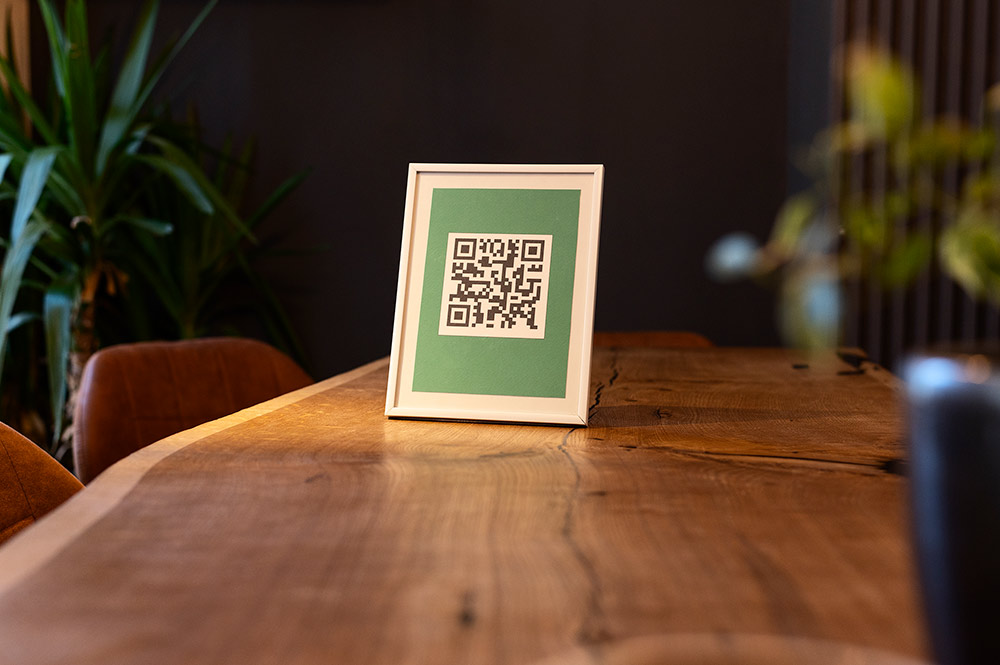
The Story
In 1994, Quick Response (QR) codes were developed for the car sector.
Working with barcodes used to be a time-consuming operation because computers could only read 20 numbers at a time, and workers had to scan far too many to convey what was inside the boxes.
It wasn't until Masahiro Hara, a Japanese engineer working with barcode reading devices, decided to tackle the problem by designing a two-dimensional box that could carry more information that this difficulty was solved. Surprisingly, its first application was to provide a tracking system for automobiles.
They have since been altered to be utilised as a strategic marketing tool, but when did they become relevant in marketing?
Quick Response codes were not initially relevant until the emergence of smartphones. However, in early 2011, most users had to download software to be able to scan them, so their time had not yet come.
Apple added a scanning function to its camera in 2017, and while marketers reacted fast to this new modality, the flame was extinguished once more.
The Covid-19 outbreak then came and drove the QR code's revival when physical contact between people was prohibited. QR codes provided many businesses with an excellent way to communicate touchless-ly, as restaurants abandoned menus and shops shifted to contactless payment methods.
When utilized in a marketing effort, they can either be the emphasis or something to supplement it. Marketers can utilise dynamic QR codes to lead users to a landing page, PDF, or voucher.
We propose using dynamic QR codes for marketing since you may change the content or type of dynamic code without having to generate a new code if necessary.
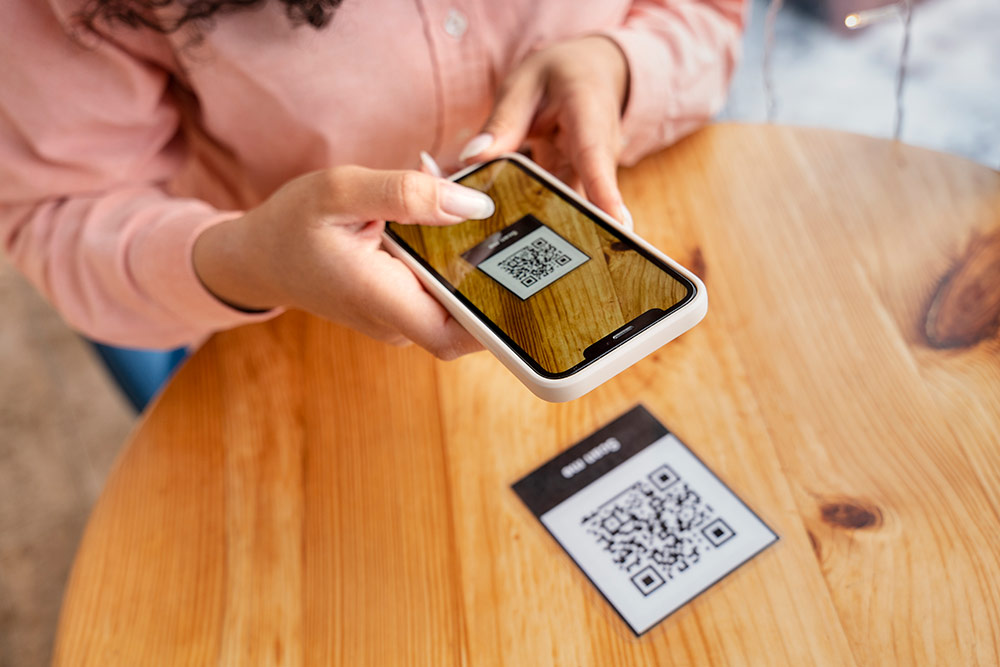
Some Interesting Numbers
Need some evidence to support why you should incorporate QR codes into your marketing strategy?
According to a 2022 Statista study, 31.98% of people surveyed in the United States and the United Kingdom scanned a QR code in the previous week, and 26.49% scanned a QR code in the previous month.
When asked where they scanned the QR codes, 11.12% said it was for funding (banking, credit card, ATM). QR codes have grown in popularity among organisations and customers due to the no-contact feature they provide.
Why Scan QR Codes?
As QR codes become more widely used, they are quickly becoming a popular type of advertising. Product packaging and ads are no longer sufficient. Businesses are now ready to capitalise on the popularity of this technology.
With their growing popularity, it's no surprise that marketers are starting to employ them in new and imaginative ways. QR codes, for example, can be used in place of business cards. This simple act to scan QR codes is not only popular in small enterprises, they have been used by huge corporations such as Pepsi and Nike. Their employees, for example, use QR codes to simplify marketing and product information.
Furthermore, QR codes are eco-friendly. They can be used in place of plastic cards or bar codes on store shelves by businesses. Oh, the best part, you can only exhibit them digitally and can still see their effectiveness.
How It Works
Each QR code's pattern of squares and white space (known as the "quiet zone") is unique, allowing it to be linked to a single piece of online data. The codes can also be read from all angles, which means that the user may rapidly scan it with their smartphone and be directed to the desired web page in seconds.

Fun fact, a conventional barcode, on the other hand, such as those found on packaged goods in supermarkets, stores data horizontally but not vertically.

QR code marketing may be the most adaptable type of digital marketing to date. Some companies have begun to use them to generate visitors to their eCommerce websites.
They accomplish this by incorporating QR codes into printed materials, packaging, and promotional items. QR codes can also be used to boost social media efforts like Facebook contests, Twitter campaigns, Instagram promotions, or YouTube videos.
You may also get creative with QR codes by developing custom designs that include your brand's colours and logo, which can then be placed in numerous locations for further exposure.
In its simplest form, QR is a data-storage barcode that can be scanned.
These codes are classified into two types based on their design and functionality:
Static QR codes: These cannot change the data they store; any error would necessitate the creation of a new one. Regardless, its advantage is that it does not expire, so once you finish it, you have it for life. They are an ideal choice for storing sensitive information such as passwords, access codes, or IDs.
Dynamic QR codes, on the other hand, allows you to modify the information whenever you wish because the data is not included in the code. Instead, you can use this type to drive customers to a specified URL. Restaurants typically employ dynamic coding to display their menus. But maybe its most significant advantage is that it lets you collect scanning parameters such as the location, time, and device used to swindle clients.
QR Codes, like barcodes, hold information of importance in the form of boxes and points. They display information of interest when scanned with your smartphone. Users of the most recent system updates, such as iOS or Android, can scan using their cameras.
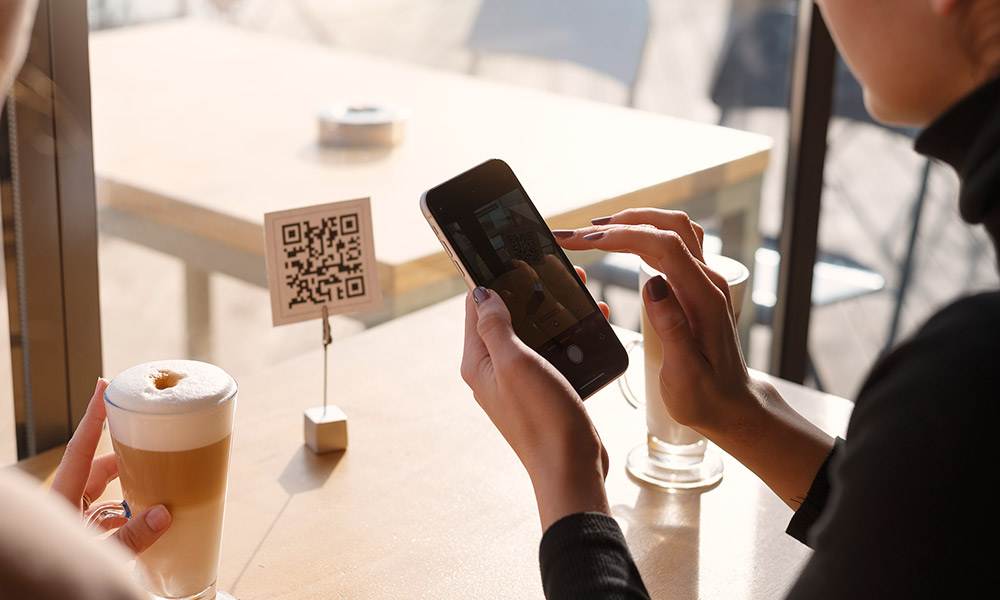
What You Can Do With QR
Put QR codes on business cards, flyers, posters, and brochures - this is the most simple application of QR codes.
The aim is to simply allow customers to scan the code with their cellphones to learn more about your brand or product. This can range from your website address to a voucher or special deal.
Putting QR codes on your event's social media pages is a terrific way to utilise them. QR codes can be used to link guests to the website for your event, your social media accounts, or even a discount code for your business.
The use of QR codes as digital business cards benefits both you and your target audience. Unlike traditional business cards, your digital business card allows you to include more information. You can also include links to your website or social media profiles.
Oh, also, you could use a QR code in your newsletter or mailer to direct people to your website too!
Finally, we see one interesting way where we are currently using QR which is digital or internet payments. Aside from being safer than cash, it is also faster to process.
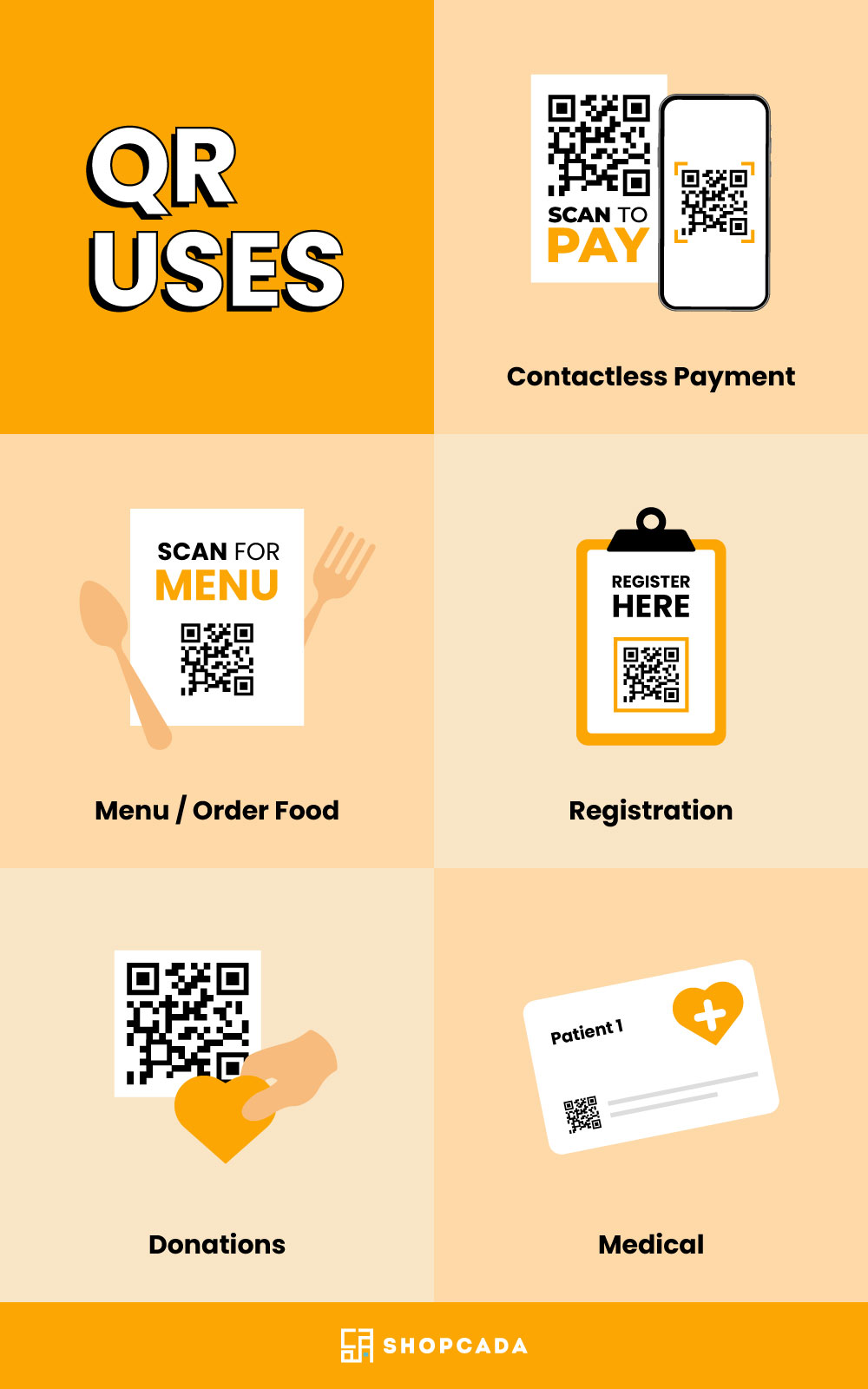
Moving Forward
Are QR codes still useful? Are QR codes still used today? The straightforward answer is yes! They are still relevant and will remain so in the coming years!
There has been talk that QR codes are dead and useless, but this pandemic proves them wrong.
In reality, QR codes are making a comeback during this epidemic and have earned their rightful respect as a beneficial instrument to minimise viral transmission due to their contactless approach.
Furthermore, QR code scanning has increased dramatically in South Korea, and the US market has welcomed QR codes for digital payments. Other countries, including Ghana, Brazil, Sri Lanka, and Russia, are embracing QR code technology for payment!
According to Juniper Research, by 2022, smartphones will redeem 5.3 billion QR code coupons and access 1 billion QR codes.
The future of QR codes this year and beyond is based on numbers, not educated guesswork. QR codes have become extremely useful in many facets of people's lives, including business and marketing.
With the current pandemic that the globe is facing, QR codes have shown to be quite effective in sending timely information in a contactless manner, with everyone's safety as the primary benefit.
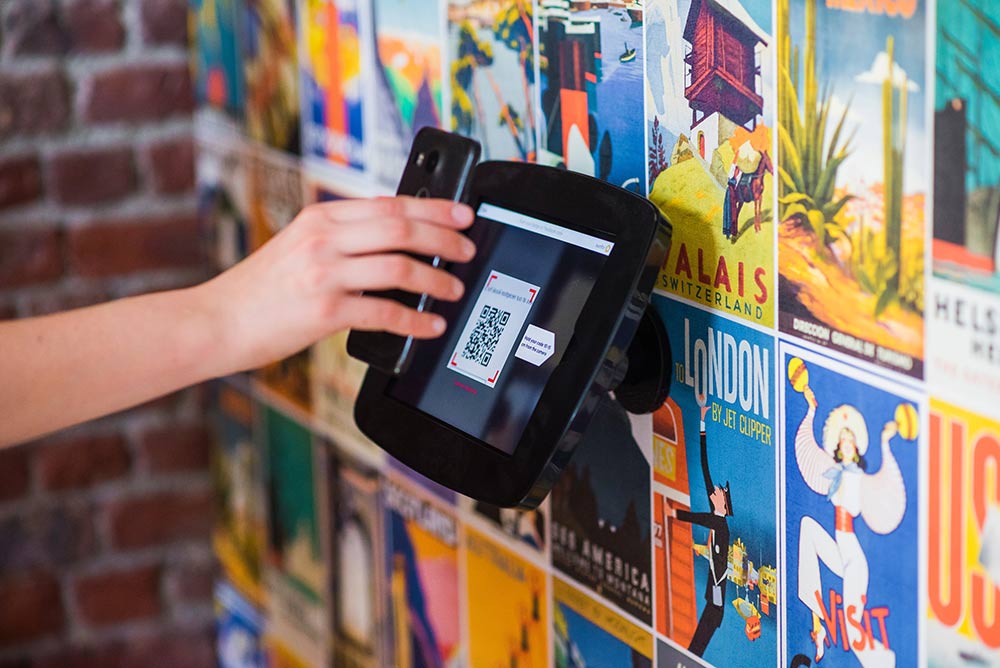
QR & Retail
QR codes not only speed up the shopping process for your clients but they may also be utilised for a variety of other applications. Let's take a look at a few ways QR codes might help your retail marketing efforts.
Directing Customers
QR codes are an excellent way to route your customers to a strategic landing page. As the code guides the user to a page with a relevant call to action and next steps, this motivates a potential customer to take a very particular action that moves them farther into the customer journey.
You may lead your consumers to extensive product information, assist them in making a purchase, teach them more about your brand, walk them through instructions, and so much more with the ability to link people to a specific page on your website.
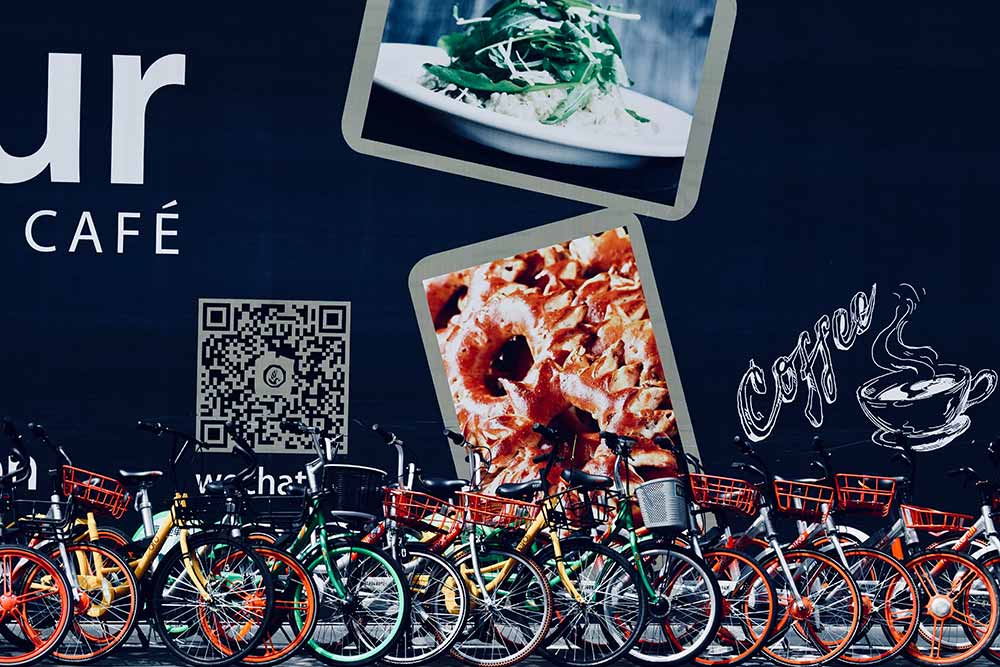
Gathering Vital Data
With the current shifting data privacy regulations of tech behemoths such as Facebook and Google, third-party data will be mostly off the table in 2021. This is where first-party data comes into play. This information comes directly from the source: your consumers.
QR codes make it straightforward to collect first-party data because they serve as a digital touchpoint for your business, recording customer activity from pre-purchase through post-purchase. To better understand client behaviour and input, use QR codes as contactless feedback forms.
Furthermore, you can use the obtained first-party data to retarget the same clients on social media and through search engines, eliminating the need to rely on expensive third-party data.
One use case we have seen is where QR codes have the potential to both empower clients and enhance revenue. It sends its most loyal customers a fridge magnet with a QR code that, when scanned, directs them to a customised replenishment cart that is instantly loaded with the customer's most recent orders. The customer can check out and refill their fridge with a single click.
This not only increases repeat sales but also offers a valuable (and recurring) touchpoint for the brand's most loyal customers.

Discounts
Whether it's the holiday season or not, your customers will always appreciate discounts. It's the law of the universe!
Some QR codes may be used to market your store offline, such as in package inserts, posters, direct mail pieces, window displays, and so on. Instead of manually putting in your website's URL on their mobile devices, these codes connect buyers to the goods in your store inventory.
You can utilise a discount in conjunction with this method to entice the reader to take the action you're requesting.
Product Reviews
97.7% of consumers check reviews before making an online purchase, and one survey found that consumers are now more willing than ever before to post a review: 72% of US shoppers have left a review for a local business (up from just 66% in 2019).
So, what's holding your consumers back from leaving a review? In a nutshell, convenience.
This is where a QR code can help. If you're selling physical goods, include a QR code along with instructions on how to utilise it on the price tag. A simple smartphone scan can then take the customer to the page where they can review the product.
Captions are required for QR codes so that visitors know where they're going and what to expect after scanning, such as: “Scan here for instructions/to read reviews/to buy online/see videos of products in use.” Surprisingly, this instructional step is frequently skipped.
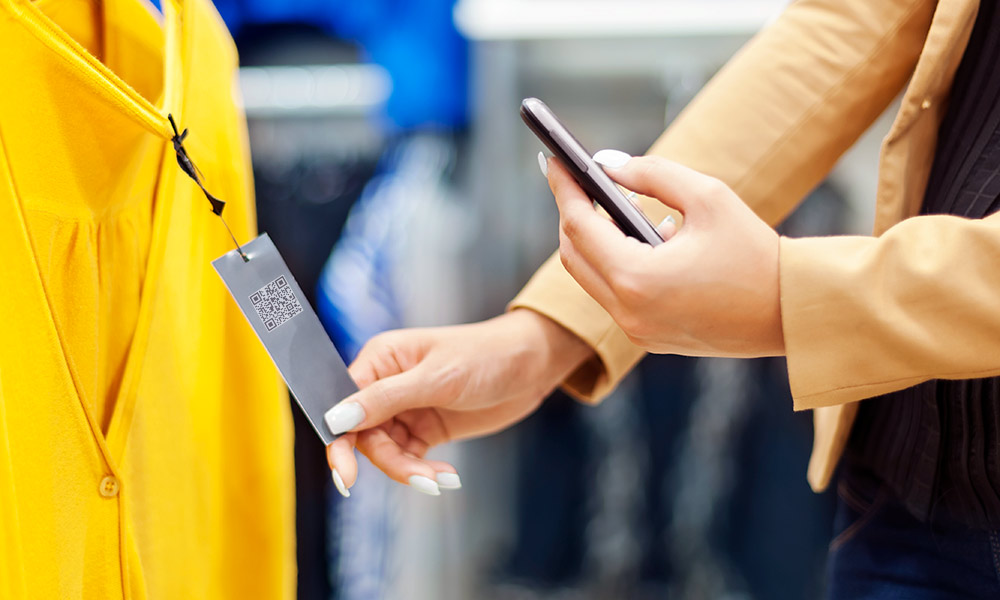
Catch Window Shoppers
You can use QR codes to digitise window shopping for your customers.
You can invite potential buyers to peruse your products without ever entering your business by posting QR codes with targeted CTAs in your retail store's windows. You could even put special incentives on a first purchase, such as "Scan to get 10% off your first in-store purchase," to further motivate these window shoppers and get them off the sidewalk and through your door.
Pro-Tip: QR codes displayed in storefront windows can help you sell even while your store is closed by guiding customers to your online store. Create QR codes for product pages with Shopcodes and see how many online sales your QR code influenced.
Retain Customers
One of the most important considerations in generating repeat orders for your brand is convenience. QR codes can assist increase customer loyalty and retention by easing previously difficult or time-consuming procedures such as:
-
Reordering frequently used items
-
Paying for things quickly
-
Sharing instructive tips or how-to information
-
Giving thorough product information to customers that want to do their product research in-store
Reduce customer friction by utilising time-saving QR codes that accelerate these processes. QR codes can be linked directly to a payment mechanism on your phone. To create a touchless/cashless checkout experience, use QR codes to direct shoppers to pay.
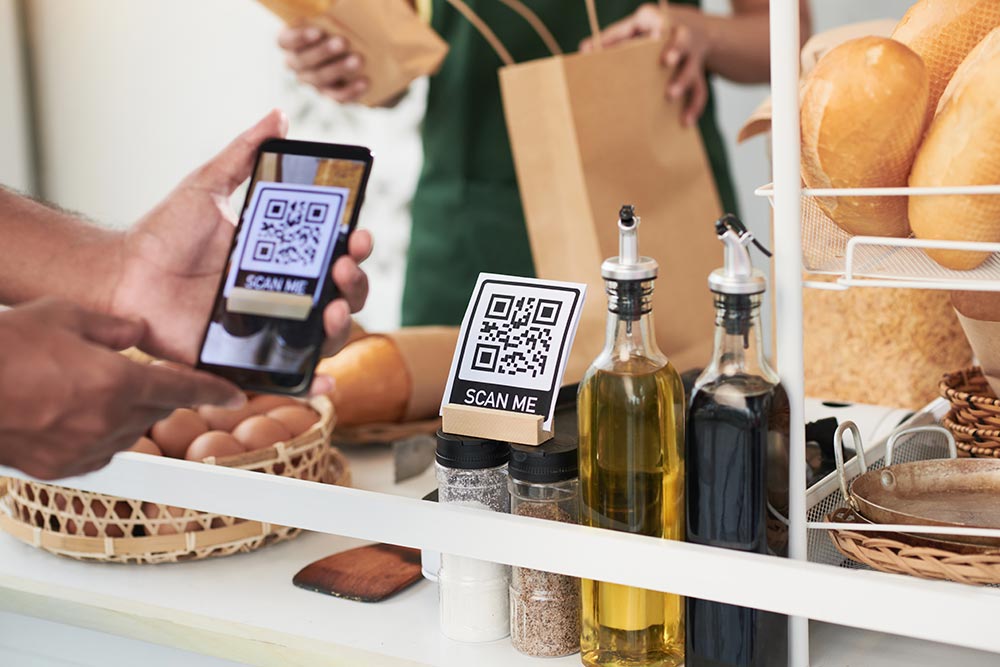
Hold Interest
Do you have any things that sold out before you could replenish them? Put a QR code in front of any product that is temporarily out of stock and include a call to action to "Scan to view related items." While one item may be out of stock, you can highlight other similar offers and ask your customers to look into related things that you do have on hand.
If you don't have any comparable products, consider employing a QR code that asks the shopper to give an email address, social network profile, or phone number so you can inform them when the item is back in stock.
Tips To Consider With QR
QR codes are an immensely significant asset for shops, but there are several points to consider and avoid when using them.
Size Matters
We’ve all heard that phrase before, but this time, size does matter and not how you use it.
While most modern smartphones include advanced QR code readers, they might still experience autofocus troubles. A code that is printed too small will be difficult for your clients to scan, which is the most significant aspect of QR codes. On the other hand, making it too large exposes it to the risk of corrupting the code.
To address this issue, determine the best size for your printed QR codes. The minimum size should be two inches by two inches in general. If you must keep the size minimal, limit the data you include and eliminate further customizations such as logo placement.
External factors such as the media utilised and the distance between the code and the scanner can also be used to determine the ideal printing size. To get the best size for your QR code, divide the average distance between the QR code and the scanner by 10.
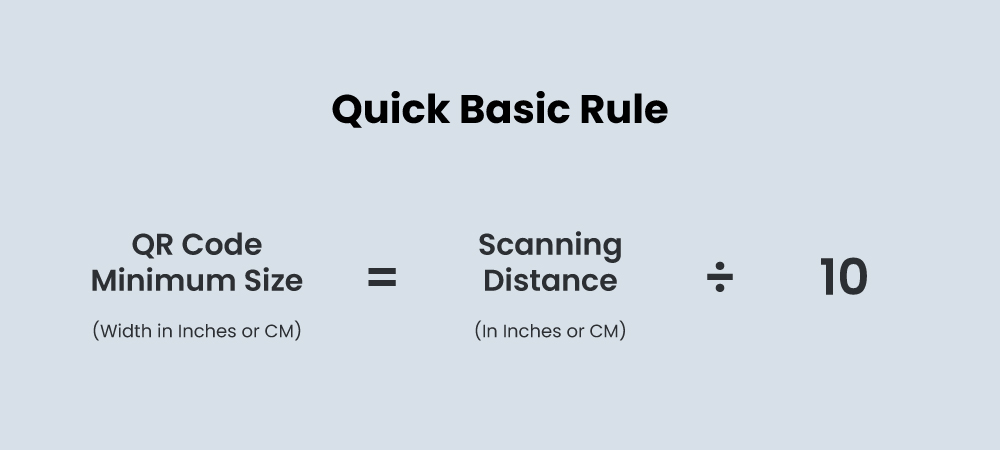
For example, if your QR code is typically scanned at a distance of five metres, it should be at least 50 centimetres square.
Last but not least, scan the code yourself to ensure that everything works properly.
Optimising Pages
Just because smartphones are the most common devices used to scan QR codes, your QR codes should only link to optimised and mobile-responsive websites.
The number of firms still directing consumers to pages with bad mobile UX is astounding. If someone took the time to scan your QR code, make sure your call to action is obvious and simple to execute from a smartphone.
Some factors that contribute to an optimised page:
A strong call to action (CTA). If your QR code directs you to a website with no call to action, or worse, several calls to action, your chances of conversion decrease dramatically. Instead of sending your clients to a page with fragmented content, create a highly targeted CTA based on your business goals, such as "Buy now" or "Read more."
An interesting and engaging user interface. Your landing page, like a high-converting product website, should be simple to use. If your clients can't find what they're looking for, the bounce rate of your landing pages will skyrocket.
The design is clean and simple. Make your landing page as clear as possible. Again, QR codes enable you to direct your clients to a certain action. Your website layout should make it easier for users to do the desired action.

Auto-Play Is Not Smart
The majority of QR codes are scanned in public locations. The last thing anyone wants in such a situation is to be bombarded by a sudden loud noise, music, or anything that automatically plays. Another difficulty with auto-play media is that if the code is scanned in a location with slow internet connectivity, your consumer may never see the media.
The approach is to avoid employing media files that automatically play, such as video or audio. Replace it with a compelling website copy instead. If you must include a media file, give your users advance notice so they can control the volume or present a movie with captions but no sound.
Location, Location, Location
The location of the QR code is as important as its size. Placing a QR code in a television advertisement is a bad idea because your users will be unable to use it. After all, it will go off-screen before they can scan it. The same is true for billboards and other forms of out-of-home advertising: location is important when it comes to QR codes.
Two things to keep an eye out for when placing QR codes:
Inaccessible Networks. QR codes function by guiding viewers to a specified website. Customers will be unable to use the code if it is placed in an area with no internet connectivity.
Scanner being too far away. Keep your QR code visible by placing it at a distance that consumers may readily scan.
Closing Words
QR Codes are increasingly being incorporated into marketing efforts for art, race, music, and even social justice issues. It is not about following trends, but rather about pushing the limits of what people believe is possible using QR Codes.
Do you require a Social Media QR Code to reach a larger audience? Or do you want to demonstrate the transparency of your business with a Video QR Code? Try one of the solutions suggested above and start using QR Codes right away.
More articles please read What Skills Digital Marketers NEED for 2022

